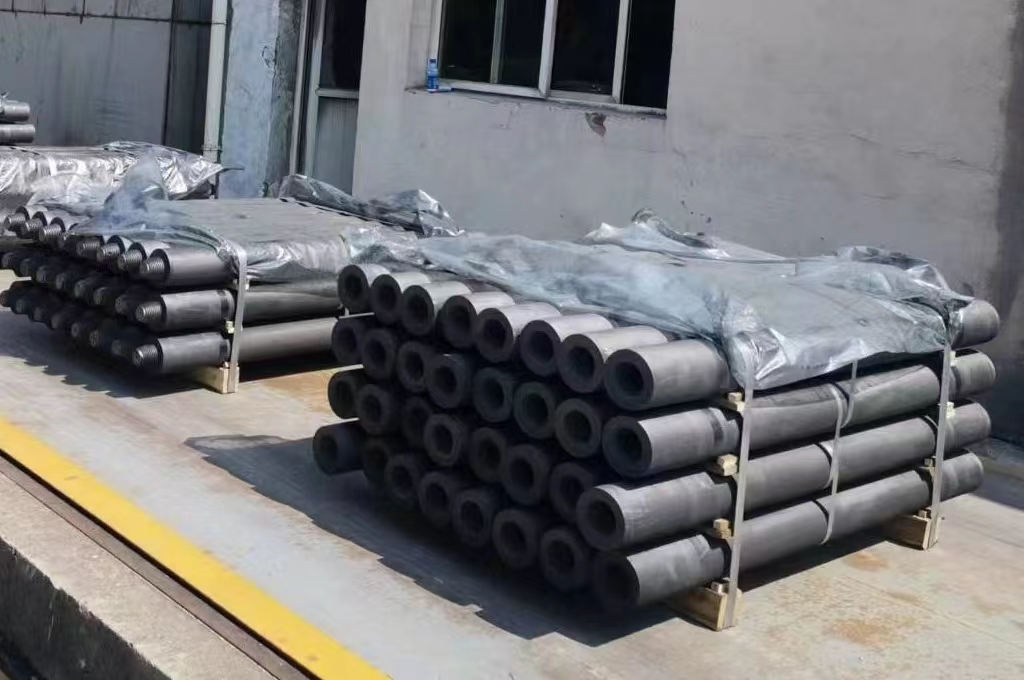The landscape of electrode materials offers a diverse range of options. Among them, graphite electrodes, copper electrodes, and carbon electrodes have each found a unique space in various applications. But how do these materials measure up against each other? This blog provides a simple and easy-to-understand comparative analysis of graphite electrodes against other common electrode materials.
Table of Contents
Toggle
Understanding Electrode Materials
Graphite Electrodes
Beginning with graphite electrodes, they are celebrated for their superior thermal resistance and excellent electrical conductivity. They are invaluable to industries such as steel production, where their durability, reliability, and comparative cost-effectiveness give them an edge.
Copper Electrodes
On the other hand, copper electrodes are known for their excellent electrical and thermal conductivity. They are commonly utilized in electrical discharge machining (EDM) due to their resistance to wear. However, copper is quite expensive and presents challenges in machining.
Carbon Electrodes
Carbon electrodes, made from a form of carbon with a high degree of crystallization, are widely used in arc furnaces to produce some ferroalloys. They offer good conductivity and are relatively inexpensive but don’t quite match graphite’s thermal resistance.
Graphite vs. Copper vs. Carbon: A Comparative Analysis
Conductivity and Heat Resistance
Copper leads the pack in electrical conductivity, followed by carbon and graphite. When it comes to heat resistance, graphite stands out. It can withstand intense temperatures without deforming or melting, which is crucial for applications like steel manufacturing.
Durability and Machinability
Copper, being tough and wear-resistant, provides excellent durability. But graphite, despite being slightly less durable, is more machinable due to its softness and lubricity. Carbon, while less machinable than graphite, is still easier to work with than copper.
Cost-effectiveness
From a cost perspective, both graphite and carbon electrodes provide cost-effective solutions. Copper, on the other hand, is more expensive. The abundance and ease of mining of graphite and carbon make them an economical choice.
Which Electrode Material Should You Choose?
The choice of electrode material depends on the specific application requirements. If excellent conductivity is paramount, copper could be the best choice.
Graphite comes to the fore if the application demands high heat resistance. For an application needing decent conductivity and cost-effectiveness, carbon might be the right option.
Conclusion: The Right Material for the Right Application
Each electrode material has its unique strengths and weaknesses. Copper offers a balance between conductivity and durability but is costly. Graphite provides excellent heat resistance and cost-effectiveness, though its conductivity falls short of copper’s.
Meanwhile, carbon offers good conductivity and cost-effectiveness but lacks the thermal resistance of graphite. Understanding the specific needs of an application and selecting the most efficient and effective material to meet those needs is key.


